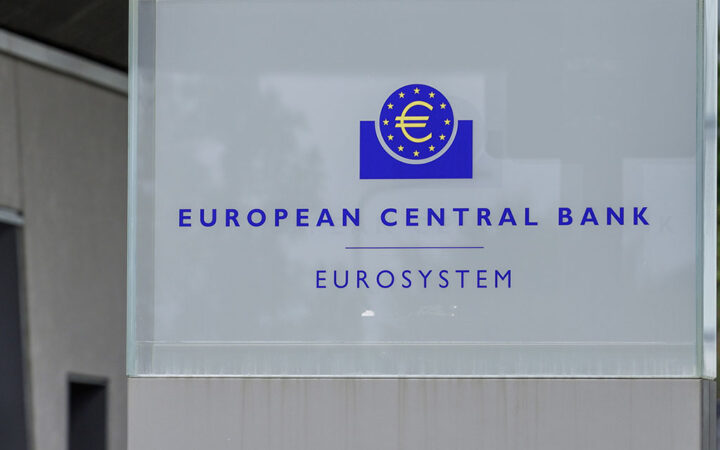
Damola is a crypto enthusiast, marketer, and writer who is seeking to achieve career excellence through positive contribution to the organization that aspires for excellence.
The moment everyone has been waiting for has finally come. The anticipated digital Renminbi, China’s Central Bank digital currency (CBDC), is back on the news and this time with more details about its operation.

China’s CBDC – digital Renminbi – will be fully centralized, going by a report published by Huatai Securities, a financial services company.
Though a date is yet to be announced as to when the digital currency will be officially launched, the recent revelations made about it points towards a release that could be sooner rather than later.
The major stakeholder in the currency is China’s Central Bank and under its supervision, the digital Renminbi will be issued via hand-picked commercial banks. The digital currency operation process is made up of six parts which include: issuance, circulation, management, withdrawal, investment and financing, and interbank settlement.
Basically, a tight rein will be applied to the digital currency by the central bank in a bid to have total control over its issuance and use. The central bank will oversee CBDC’s creation and also approve each of its related transactions. On the part of commercial banks, they will act as an intermediary between customers and the central bank by helping them procure the digital currency and to facilitate transactions.
The primary focus of China’s CBDC is security. Using basic encryption, the accurate processing of transactions will be ensured, just like its cryptographic counterparts such as Bitcoin. With the digital Renminbi, transaction information will be encrypted, instead of being transferred in plain text, just like a lot of banks do.
Furthermore, the digital currency has been equipped to ward off attacks. An example of such an attack is the case of repetitive transactions, in which the currency has been designed to identify and with the use of authentication technology, ensure that only the true owner of the currency gets to spend it.
Even without access to an Internet connection, transactions with the digital currency cannot be stopped. It can be conducted offline, a feature made possible with its centralized system.
The management of data generated from the use of the digital currency will be handled by three centers. One center will oversee the digital currency’s use, another will be in charge of registering all those who are interested in the use of the currency and the third center will be tasked with the analysis of the system’s financial data.
The digital currency will have privacy as well, though not from the central bank because it will have access to all transaction records, but from other businesses. In addition, the digital currency’s wallets will adopt security measures like codes and biometric codes (fingerprints and passwords), to keep the assets of customers safe.
Disclaimer: Coinspeaker is committed to providing unbiased and transparent reporting. This article aims to deliver accurate and timely information but should not be taken as financial or investment advice. Since market conditions can change rapidly, we encourage you to verify information on your own and consult with a professional before making any decisions based on this content.

Damola is a crypto enthusiast, marketer, and writer who is seeking to achieve career excellence through positive contribution to the organization that aspires for excellence.




